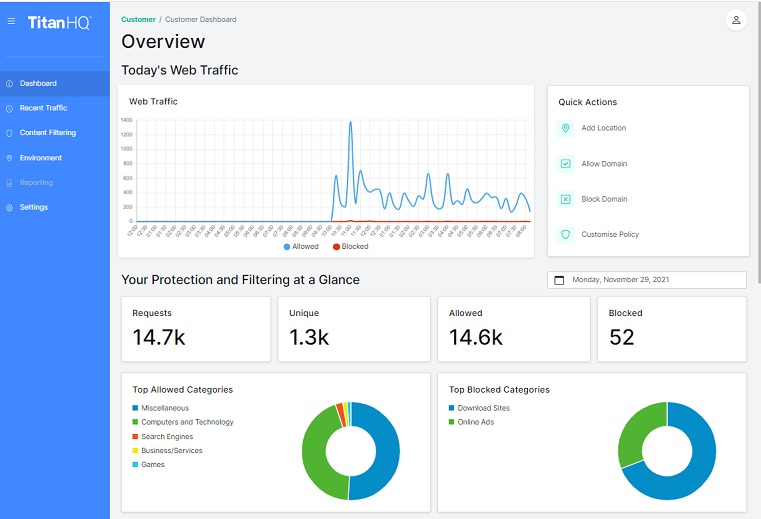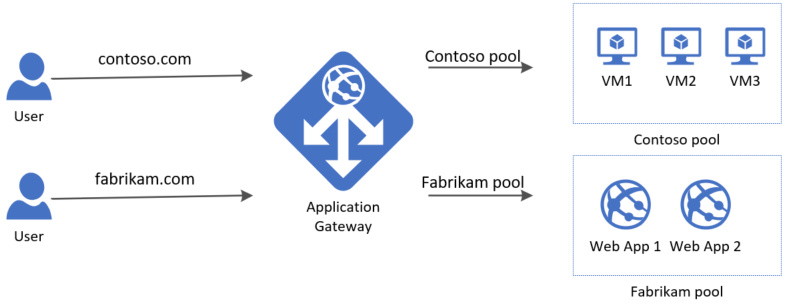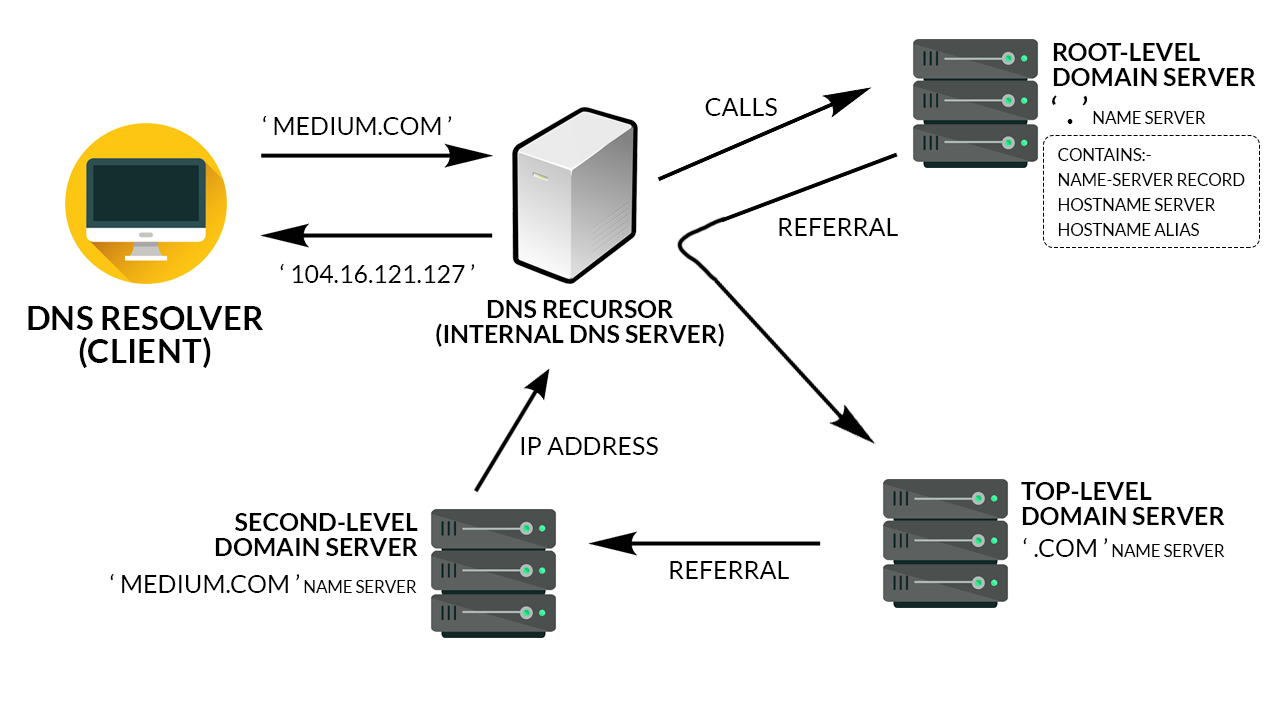
WooCommerce Hosting provides a secure and fast web platform for your online store. It's a powerful, fully-featured solution that helps you grow your business and increase sales. Choose a hosting company that's optimized to WooCommerce. They should also offer features and services tailored to your business.
Selecting the Best WooCommerce Webhosting
Consider features like bandwidth, uptime and security. Check that the host supports SSL certificates. These are used to help customers verify authenticity.
Uptime - The reliability of your online store's hosting is critical, as it will affect your business's reputation and credibility. When you use a hosting service that guarantees a high uptime, your website will be accessible at all time.
CDN (Content Delivery Network) - A Content Delivery Network allows static files from your store to be served by multiple servers around the globe, which reduces server load and increases speed. CDNs can also help to protect your store from DDoS.

Caching – A good host should have built-in caching features to increase the speed of loading your WooCommerce website. However, be sure to choose a host that doesn't over-cache dynamic pages, as this could break them.
Managed WooCommerce Host - This hosting type is ideal for businesses who have multiple websites, and require a solution that's highly scalable. It offers a good mix of performance, security, and support. Daily backups and site migration services are also included.
Liquid Web: One of the top WooCommerce wordpress hosting providers, Liquid Web provides a flexible, scalable service that is suitable for any business. Cloud, VPS, dedicated and other hosting plans are available. These come with plugins and tools to help you manage your store.
DreamHost is another reputable ecommerce host. DreamHost offers a range of WooCommerce features, and it's easy to use. Their control panel is easy to use and they offer 24/7 support.
Bluehost- Their entry-level plan is great for WooCommerce. However, if you want more power, support and capacity, Bluehost has plans that are scalable to handle high traffic volumes. WP Power costs $6.99 monthly, but it includes double the email storage and can handle 50K visits per month.

InMotion- If you are looking to maximize the performance of your WooCommerce store, InMotion can provide a range of options that meet your requirements. They are known for their high performance VPS servers that allow you to run any website.
GreenGeeks - If you're on the lookout for a green and eco-friendly WooCommerce hosting provider, GreenGeeks is a great choice. They use renewable energy and have an eco-friendly mindset. They also work with One Tree Planted to plant one tree for every hosting account they provision, enabling them to make a positive impact on the environment.
FAQ
Can I use HTML & CCS to build my website?
Yes, you can! You'll need to be familiar with web design concepts and programming languages such HTML (Hyper Text Markup Language), CSS, and CascadingStyle Sheets. These languages can be used to create websites which can then be viewed by everyone who has an internet connection.
How to design your website?
The first step is to understand what you want your site to do for your customers. What do they look for on your site?
What other problems could they face if they can't find the information they need on your website?
This knowledge will help you to identify the problems and then solve them. Also, you need to ensure that your website looks professional. It should be simple to navigate and use.
Your website should be well-designed. You should ensure that your site loads quickly. People won't stay as long if it takes too long to load. They'll go somewhere else instead.
You need to consider where your products are located when you build an eCommerce website. Are they all located in the same location? Are they scattered about your site?
It is important to decide whether you will sell only one product or multiple products at once. Are you looking to sell one product or several?
When you answer these questions, your site can be built.
Now, you have to think about the technical aspects of your site. How will your site operate? Will it run fast enough? Are people able to get it done quickly from their computers?
Will they be able buy anything without having pay an extra fee? Are they required to register before they can buy anything?
These are the essential questions you should ask yourself. Once you know the answers to these questions, you'll be ready to move forward.
Can I create my own website with HTML & CSS?
Yes! If you've read this far, you should now know how to create a website.
You're now familiar with the basics of creating a website structure. However, you must also learn HTML and CSS Coding.
HTML stands for HyperText Markup Language. This is like writing a recipe. You'd list ingredients, instructions, and directions. Similarly, HTML tells a computer which parts of text appear bold, italicized, underlined, or linked to another part of the document. It is the language used to describe documents.
CSS stands to represent Cascading Stylesheets. This is a stylesheet for recipes. Instead of listing each ingredient or instruction, you will write down the general rules for font sizes and spacing.
HTML tells the browser how a page should look; CSS tells it what to do.
Don't worry if you don't know the meaning of either one of these terms. Follow these steps to make beautiful websites.
Are there any technical skills required to design and build my site?
No. All you need is an understanding of HTML and CSS. Online tutorials can be found that cover both HTML and CSS.
How much does it cost to create an ecommerce site?
This depends on your platform and whether you hire a freelancer or go through a service provider. Most eCommerce sites start at around $1,000.
You can expect to pay between $5000 and $10,000 for a platform once you have decided.
Templates are usually not more expensive than $5,000, unless you have a specific purpose. This includes any customizations that you might need to suit your brand.
WordPress is it a CMS?
Yes. It's a Content Management System. CMS allows you control your website content using a web browser and not an application like Dreamweaver, Frontpage or Frontpage.
The best part about WordPress is that it's free! Other than hosting, which you usually get from your ISP.
WordPress was initially intended to be used as a blog platform. Now, WordPress offers many different options: eCommerce sites, forums. Membership websites. Portfolios.
WordPress is simple and easy to install. It is necessary to download the installation file from their site and upload it on your server. Then, you simply visit your domain name through your web browser and log in to your new site.
After installing WordPress, you'll need to register for a username and password. After logging in, you will see a dashboard that allows you to access all your settings.
Here you can add pages and posts, images, menus, widgets and plugins. If you are comfortable creating and editing content, you can skip this step.
You can also hire a professional web design firm to help you with the whole process.
What is a UI developer?
An interface designer (UI) creates interfaces for software products. They are responsible for designing the layout and visual elements of an application. Graphic designers can also be included in the UI design team.
The UI designer should be able solve problems by understanding how people use computers.
A UI designer should have a passion for technology and software design. From the development of ideas to their implementation into code, a UI Designer must have a thorough understanding of all aspects.
They should be able to create designs using various tools and techniques. They should be able solve problems creatively by thinking outside the box and come up with innovative solutions.
They should be organized and detail-oriented. They must be able quickly and efficiently to create prototypes.
They should feel at ease working with clients, large and small. They must be capable and willing to adapt to new situations and environments.
They should be able to communicate effectively with others. They must be able express themselves clearly and concisely.
They should be well-rounded individuals who possess strong communication skills.
They should be highly motivated and driven.
They should be passionate about what they do.
Statistics
- The average website user will read about 20% of the text on any given page, so it's crucial to entice them with an appropriate vibe. (websitebuilderexpert.com)
- In fact, according to Color Matters, a signature color can boost brand recognition by 80%. There's a lot of psychology behind people's perception of color, so it's important to understand how it's used with your industry. (websitebuilderexpert.com)
- It's estimated that in 2022, over 2.14 billion people will purchase goods and services online. (wix.com)
- It's estimated that chatbots could reduce this by 30%. Gone are the days when chatbots were mere gimmicks – now, they're becoming ever more essential to customer-facing services. (websitebuilderexpert.com)
- Is your web design optimized for mobile? Over 50% of internet users browse websites using a mobile device. (wix.com)
External Links
How To
How can I become a UI designer?
There are two routes to becoming a UI Designer:
-
You can complete school to earn a degree for UI Design.
-
You can go freelance.
To be able to enter school, it is necessary to attend college/university and complete four years. This includes art, computer science, business, marketing, psychology, etc.
You can also take classes at community colleges or state universities. Some schools offer programs for free, while others require tuition fees.
After you graduate, you must find work. If you are going to be working for yourself, you will need to build your client list. It is vital to build a network of professionals so they are aware that you exist.
There are many opportunities to intern for companies that specialize on developing web applications. Many companies hire interns to gain work experience before hiring full-time workers.
Once you have built up a portfolio of your work, it will help you land more jobs. Your portfolio should contain your work samples and details of the projects you worked on.
It's a good idea to send your portfolio to potential employers via email.
Freelancers need to promote themselves. You can also advertise your services via job boards like Guru, Indeed, Guru, Upwork, and Freelance.
Many recruiters post job openings online and assign freelancers. These recruiters search for qualified candidates to fill positions within specific industries.
These recruiters typically provide the candidate with a project brief outlining the position's requirements.
A freelancer is not required to sign a long-term contract. However, if you plan to move forward, it is best to negotiate an upfront payment.
Many designers prefer to work directly and not through agencies. Although this may seem appealing, many people lack necessary skills.
Agency workers often have extensive industry knowledge. They have access the right training and resources to ensure they produce high-quality results.
Agency workers also receive higher hourly rates.
The downside to working with an agency is that you won't have direct contact with the employer.
To succeed as a UI designer, you must be self-motivated, creative, organized, flexible, detail-oriented, analytical, and communicative.
You must also possess excellent verbal and written communication skills.
UI designers are responsible to design websites using user interfaces (UI) as well as visual elements.
They are responsible for ensuring the site meets its users' needs.
This involves understanding the information users need and how to make your site work.
UI designers use various tools to create wireframes. They use wireframing to help them visualize the layout of a webpage before they start designing.
It is easy to create your own wireframes using the online templates.
Some designers are solely focused on UI design while others blend UI design and graphic design.
Photoshop is used to edit images by graphic designers.
Adobe InDesign is then used to layout pages and layouts.
Photographers capture images using digital cameras or DSLRs.
The photos are then uploaded to a photo editing software where text captions, filters and other effects can be added.
The photographer saves the image as a compatible file format for the website.
It is important to take into consideration all aspects of the design process when building a website.
This includes research, planning, wireframing, prototyping, testing, coding, content creation, and publishing.
Research – It is essential to do extensive research before you begin a new project.
Planning - After you have completed your research, it's time to start creating a plan.
Wireframing is a preliminary sketch for a web page, or application.
Prototyping - Prototypes help ensure that the final product matches the initial vision.
Testing - The prototype should undergo multiple rounds of testing to ensure it works properly.
Coding - Coding refers to the process of writing computer code.
Content Creation – This covers everything from creating copy to managing social accounts.
Publishing involves uploading files to a server, and making sure the site is accessible.
You will be required to study about other projects in order to work as a freelance UX/UI design.
Some companies require only wire frames, others require complete prototypes.
You may be required to perform specific tasks depending on the project you accept.
For example, if you're hired to create wireframes, you might be expected to create several wireframes over time.
You may need to develop a functional version of the site if you are hired to build a prototype.
No matter what type of project you are working on, it is important to have good interpersonal skills.
Referring freelancers is the best way to get work. It's important to establish good relationships with potential employers.
You must also be able communicate clearly both verbally as well as in writing.
A portfolio is an important part of any freelancer's arsenal.
It showcases your work and demonstrates your ability to deliver high-quality results.
This can be done online by creating a portfolio.
Find websites similar in your niche to get started.
Search these websites to view the details of each site.
Once you have identified the best practices you believe are most effective, you can start to implement them.
It's also useful to include links from your portfolio in your resume.